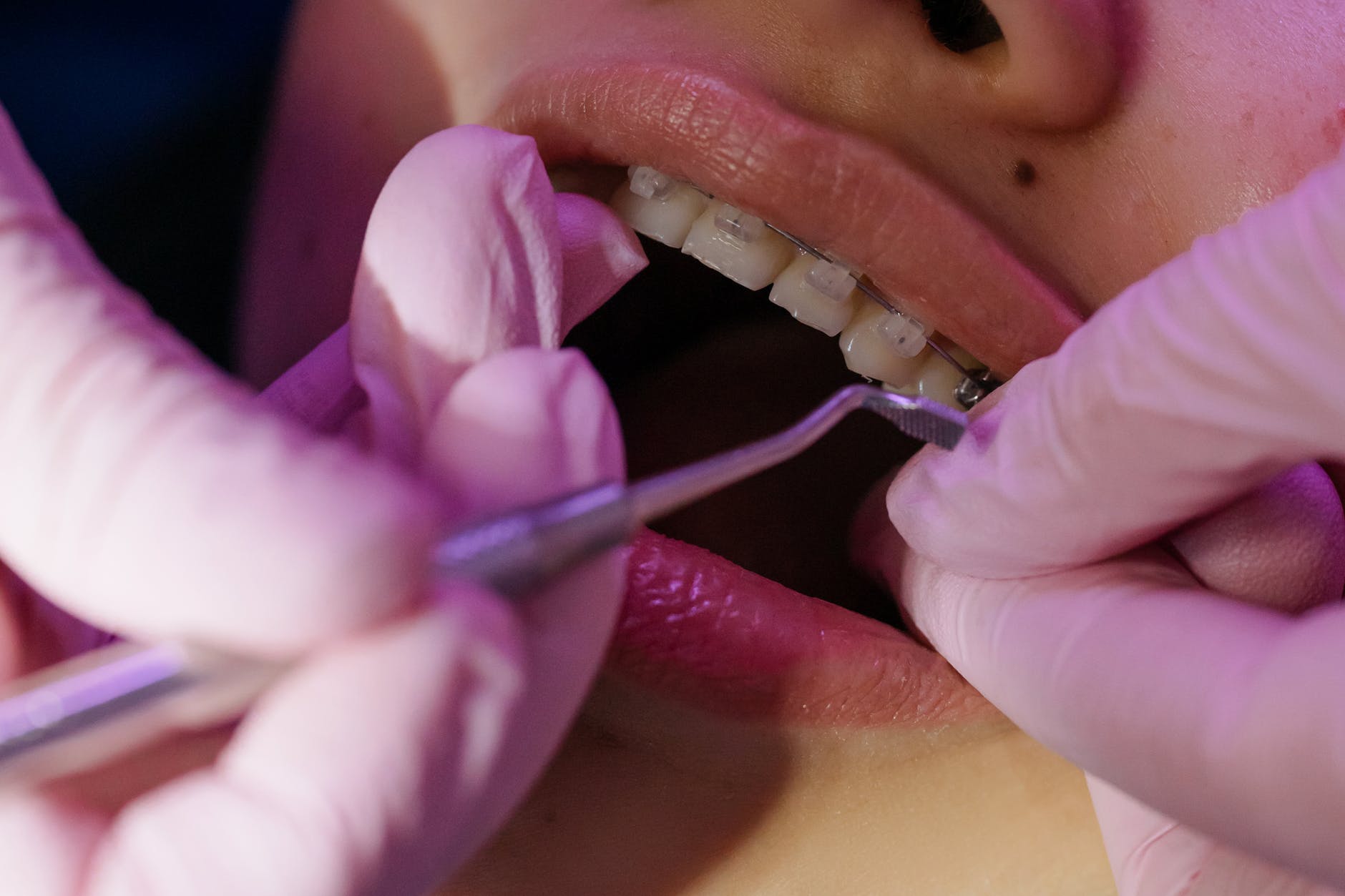Over 17% of Winnipeg’s population are younger than 14, and stats show this is the age group that’s most likely to get braces. Orthodontists work to straighten teeth and align jaws. A lot goes into how they do it, but the goal of each treatment is the same: a beautiful smile that makes you look and feel better!
If you’ve been thinking about getting braces, you’re not alone. Millions of Americans and Canadians get braces or other orthodontic treatments to straighten their teeth and improve their smile every year.
So, what kind of braces are best for you? That’s where your orthodontist comes in. They’re the experts who can tell you about all the different types of braces available today and recommend which one might be right for you. Here are some questions to ask before getting invisalign Winnipeg :
What Kinds of Problems Will Braces Treat?
The best way to know what kind of brace is right for you is to have your orthodontist assess the health of your teeth and jaw. They can tell just by looking at which braces are likely to provide the results you want.
Do You Need Any Special Tests Before Getting Braces?
If you’re getting invisalign in Winnipeg, it’s always a good idea to get an orthodontic assessment. Your doctor will check your teeth, jaw, and bite to see if you’re a candidate for braces. They’ll also discuss with you whether or not it’s necessary to have X-rays taken first.
How Long Do You Need to Wear Braces?
The time it takes to achieve the results you want will vary depending on your age, preferences, and other factors. It’s typically somewhere between 1 and 3 years.
The great news is that you can expect to see some results within the first few months of wearing braces, even if it’s just a little bit.
How Much Will It Cost?
Orthodontic treatments can be expensive, but it’s important to remember that you’ll get what you pay for in terms of the quality of your results.
Many different factors go into determining your treatment costs, including the materials used and how long you’ll need braces. Your doctor should be happy to discuss the costs with you before beginning any treatment.
Many orthodontists offer payment plans, especially if braces are a significant investment for you. It makes sense to spread out the cost over time for many people instead of paying for everything up-front.
What Are the Different Types of Braces?
Today there are two basic types of braces: traditional metal ones and clear aligners. Traditional braces are the metal brackets that you’re probably most familiar with.
They are ceramic or stainless steel, but all braces work simultaneously. The archwire is held in place by clasps known as ligatures, which come in various colors to help you tell which teeth they’re on.
The archwire helps your teeth move more quickly by using the mechanical forces of pressure and friction.
Clear aligners like Invisalign, on the other hand, are a transparent alternative to metal braces or wire braces. Aligners reposition your teeth one at a time with a gentle pressure that won’t damage surrounding teeth or gum tissue.
This process is painless because the aligners are removable, so you can take them out to eat and brush your teeth as usual. Since no wire is involved, the risk of damage to other teeth is minimal.
Final Thoughts
Having braces might be the icing on the cake if you have a great smile! On the other hand, braces are an excellent solution if your teeth aren’t straight or your bite isn’t ideal. The trick with orthodontic treatment is understanding what you want to achieve.

